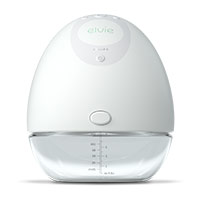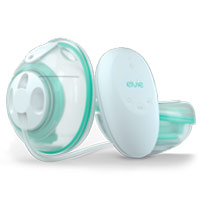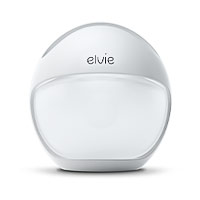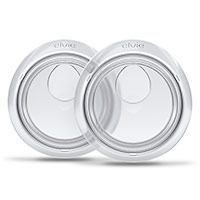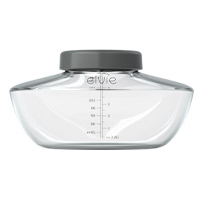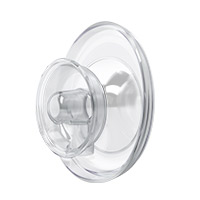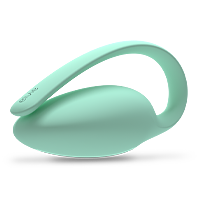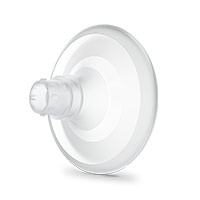Urinary incontinence is a common issue involving the involuntary loss of bladder control, resulting in urinary leakage.
This may include small leaks when you run, jump, cough or sneeze, as well as larger unexpected leaks that can happen when the urge to urinate is so sudden and strong that you are unable to reach a bathroom in time.
Incontinence is often the result of a weakened pelvic floor, an important layer of muscles that supports the uterus, bladder, small intestine and rectum. When these muscles are weakened it can lead to the loss of control over bladder function.
Urinary incontinence is more common than you think
Bladder control issues are more common than hay fever: 37% of women suffer from pelvic floor issues, while hay fever only affects between 10% and 30% of all adults1.
Despite the fact that one in three women leak urine when they laugh, cough or sneeze2, many still feel ashamed of their symptoms. Women often avoid going to the doctor about incontinence issues due to embarrassment or the fear of an uncomfortable conversation. As a result, only 28% of women with urinary incontinence seek medical help and wait as long as seven years on average after noticing symptoms.3
Causes of pelvic floor issues and incontinence
It is a common misconception that childbirth, menopause and ageing are the only causes of poor bladder control and other pelvic floor issues.
Common causes of pelvic floor weakness and incontinence also include anything which can put pressure on or damage your pelvic floor, including weight gain, genetics (some of us will naturally need more maintenance), high intensity sport and even a lack of general fitness. The weakening of the pelvic floor may result in one or more types of pelvic floor dysfunction, such as stress urinary incontinence or even pelvic organ prolapse.
Kegel exercises for bladder control
Fortunately, in addition to lifestyle changes, such as weight loss and improved fitness, Kegel exercises can help improve bladder control in most cases4. In fact, pelvic floor muscle training (including Kegel exercises) improves symptoms in up to 70% of cases of stress urinary incontinence5.
Better yet, performing Kegel exercises with the support of a biofeedback device, such as Elvie Trainer, is even more effective at improving pelvic floor strength and long-term motivation than Kegel exercises alone6. Elvie Trainer is designed to help you experience the benefits of a strong and toned pelvic floor, including better bladder control.7
Workout with Elvie Trainer for more confidence and control.
References
Lawrence, J. M., et al. (2008) Prevalence and co-occurrence of pelvic floor disorders in community-dwelling women. Obstetrics and Gynecology, 111(3), 678-685.
DeLancey, J. O. (2005) The hidden epidemic of pelvic floor dysfunction: Achievable goals for improved prevention and treatment. American Journal of Obstetrics and Gynecology, 192(5), 1488-1495.
Rekers, H., et al. (1992) Urinary incontinence in women from 35 to 79 years of age: prevalence and consequences. European Journal of Obstetrics, Gynecology, and Reproductive Biology, 43(3), 229-234.
Bø, K. (2004) Pelvic floor muscle training is effective in treatment of female stress urinary incontinence, but how does it work? International Urogynecology Journal and Pelvic floor Dysfunction, 15(2), 76-84.
Price, N., et al. (2010) Pelvic floor exercise for urinary incontinence: A systematic literature review. Maturitas, 67 (4), 309-315.
Glavind, K., et al. (1996). Biofeedback and physiotherapy versus physiotherapy alone in the treatment of genuine stress urinary incontinence. International Urogynecology Journal, 7(6), 339–343.
Burgio, K. L., et al. (1986) The role of biofeedback in Kegel exercise training for stress urinary incontinence. American Journal of Obstetrics and Gynecology, 154(1), 58-64.


